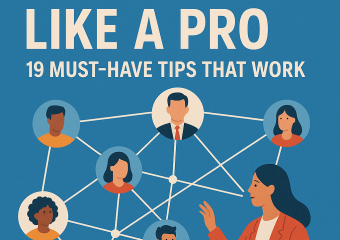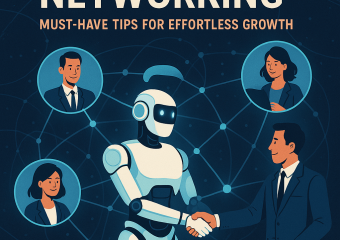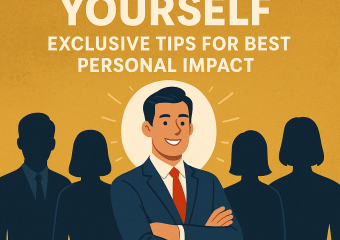The Fine Line Between Buying and Being Sold To
In today’s consumer-driven society, the line between buying and being sold to can often become blurred. Understanding the difference between making a conscious purchase and falling victim to persuasive sales tactics is crucial for maintaining autonomy in purchasing decisions. While buying involves a thoughtful evaluation of one’s needs and desires, being sold to typically involves being influenced by external factors such as advertising, marketing strategies, and sales pitches.
Recognizing sales tactics is essential in order to avoid making impulse purchases or being swayed by manipulative techniques. Common tactics used by salespeople include creating a sense of urgency, offering limited-time deals, and using social proof to convince consumers to buy. By being aware of these tactics, consumers can make more informed decisions and resist the pressure to make purchases they may later regret.
Navigating consumerism in today’s fast-paced world can be challenging, as we are constantly bombarded with advertisements and promotions that seek to persuade us to buy. According to a study by the American Psychological Association, the average American is exposed to over 5,000 advertisements per day. With such a high level of exposure, it can be difficult to separate genuine needs from manufactured desires.
Maintaining autonomy in purchasing requires a conscious effort to resist the influence of external forces and make decisions based on personal values and priorities. By setting clear goals and priorities, consumers can avoid falling into the trap of mindless consumption and instead focus on purchasing items that truly add value to their lives. As author and entrepreneur Seth Godin once said, “Don’t find customers for your products, find products for your customers.” By approaching purchasing decisions from a place of empowerment rather than passivity, consumers can take control of their buying habits and make choices that align with their values.
In conclusion, the fine line between buying and being sold to is a delicate balance that requires mindfulness and awareness. By understanding the difference, recognizing sales tactics, navigating consumerism, and maintaining autonomy in purchasing, consumers can make informed decisions that align with their values and priorities. As the saying goes, “Buy what you don’t have yet, or what you really want, which can be mixed with what you already own. Buy only because something excites you, not just for the simple act of shopping.” By following this advice and staying true to oneself, consumers can navigate the complex world of consumerism with confidence and integrity.







